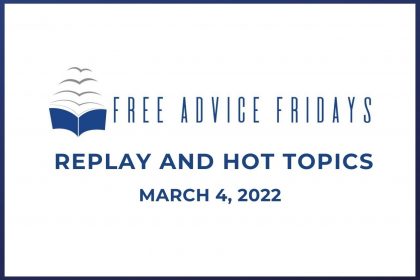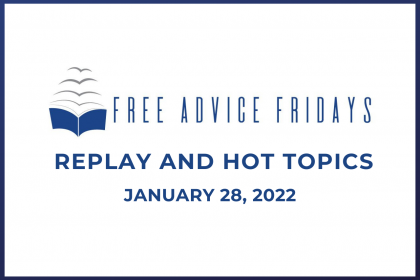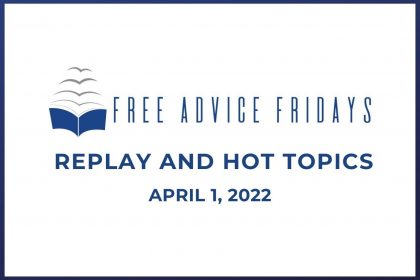In this article, we are focusing on how consumer book sales can tell us what readers want. A lot of the choices we publishers make are based on what we want or what we think we SHOULD do. Here are a few recent examples of insight gained by authors for us all to learn from.
Zach Obront from Book In a Box recently analyzed the 272 books that have sat at #1 on the NYT Nonfiction Bestseller List over the past 7 years. His primary goal was to understand the ideal range for length, in order to better inform nonfiction authors. Zack found that historically there was a pretty widespread with most books falling into the 250-450 page range. But when he looked at recent years, he found that the average book length had almost fallen in half since 2011. In 2011, the average NYT #1 Nonfiction Bestseller was 467 pages. Now it’s 273.
And there is also fiction to consider. The average page count of the NY Times Fiction Bestseller List in 2011 was 502. This week, the Paperback List average page count is 398. If you look at the lists for fiction and nonfiction this past week, over 50% of the books on the NY Times Bestseller List are between 250-350 pages.
When publishing POD books, many authors find that they cannot afford to offer the full discount required to get the books into bookstores. The prime cause of this high expense is that the books have over 350 pages and the longer the books, the more expensive the print costs. A great many authors find themselves with books over 100,000 words and when told about the costs of designing and printing a book of that length, do not know what to do next.
What they should have done is made the book shorter. Readers are voting with their dollars. Remember that the bestselling nonfiction books have an average of 273 pages and the fiction book page count is 398 on average. Movie directors may WANT five and a half hours to tell a story, but they know that their viewers want a shorter length. Does the story you are telling or the advice you are giving HAVE to be in ONE book? Why not two?
Nonfiction authors should work with an editor or a partner to focus the book and the message.
Zach says that he often sees nonfiction authors who try to put too much into their book. When Zach asks them what the focus of the book is, the authors respond that their advice and their experiences are the common thread. They then try to bring everything they are interested in into the book.
Quite often an author’s first manuscript will include personal stories, guidance and advice, examples and lessons learned by the author. This is not the problem. The problem comes when an author’s experiences, guidance, advice, examples and lessons encompass an entire career. There are so many different aspects in any given topic… so many tangential lessons… but in this day and age, a book needs to stick to one focus.
So what is the answer? Editing it down or splitting it into a few books. Zach often works with folks that need to split their books into two (or more) books.
To start, nonfiction authors need to ask themselves a few questions:
- Who is the person reading this?
- Why are they reading this?
- What parts of this book do not add to the reader’s ability to master this lesson/task?
If a personal story can add to the advice and benefits, then, by all means, add it. But most authors come to see that a LOT of the story they want to tell will not add to the overall goal of the book. The background of WHY the book is being written and HOW the author got to where he/she got to is interesting, but does not add to the reader’s goals when buying the book. That is a story that can be written in a memoir AFTER the “how-to” book is published. The reader bought a book on personal finance or pet care or leadership for a reason. What is that reason? Don’t include ANY words that do not deliver on that goal.
Novelists who have a storyline that they are writing towards also have a choice. If they want to tell a story in 180,000 words, I have no problem with that. But they will not be able to work profitably in a print on demand (POD) model.
If POD is your only choice, then your best bet is to end the story for one book and pick the story up in the next book in the series. In many cases, however, an editor might be a better choice to make. If readers are clearly buying novels under 400 pages in enough quantities to put them on the NY Times Bestseller List, then perhaps fiction authors might want to work with an editor to bring their books in under 120,000 words.
What About Too Short?
Conversely, a number of authors are publishing books at 20,000 – 30,000 words. Publishing an 86 page booklet is FINE as long as you do it knowing what you are achieving and giving up.
Books under 200 pages are perceived as a quick read and often only available online because the market does not consider books under 200 pages worthy of shelf space. Not all stores and libraries will make this decision based on size, but make sure your goals match the size of the book and the amount of content you are providing. If you are TRYING to provide a quick and easy guide, that is one thing. If you are trying to provide a lesson and come across as an authority, your book should have the weight and content that carries gravitas.
Short stories novellas, quick and easy guides… All of these are valid and important book formats. Just please make sure that you are publishing your book in a format and marketing it in venues that appreciate page counts of that shortened length.
What What to Do?
Option #1: Publishing the shorter books and mainly focusing their marketing online.
Option #2: Rewriting the manuscript to make sure that the content has taken the time to get ALL of the author’s ideas across.
Option #3: Publishing the content in a non-book format. There are a lot of other ways to publish your stories and ideas.
- White papers
- journals
- magazines
- online subscriptions
- blogs
- articles
- serialized downloads…
I would love to hear what you think of the balancing act between art/writing and the very real constraints of POD and printing costs. How are YOU handling the new data coming out? Do you think it is long-term? Just a blip? Will eBooks make all of this a moot point soon?








